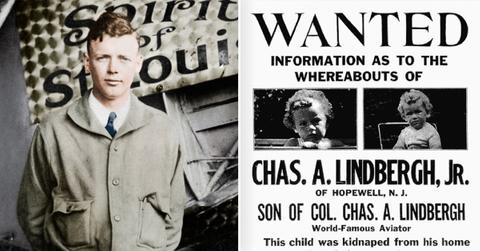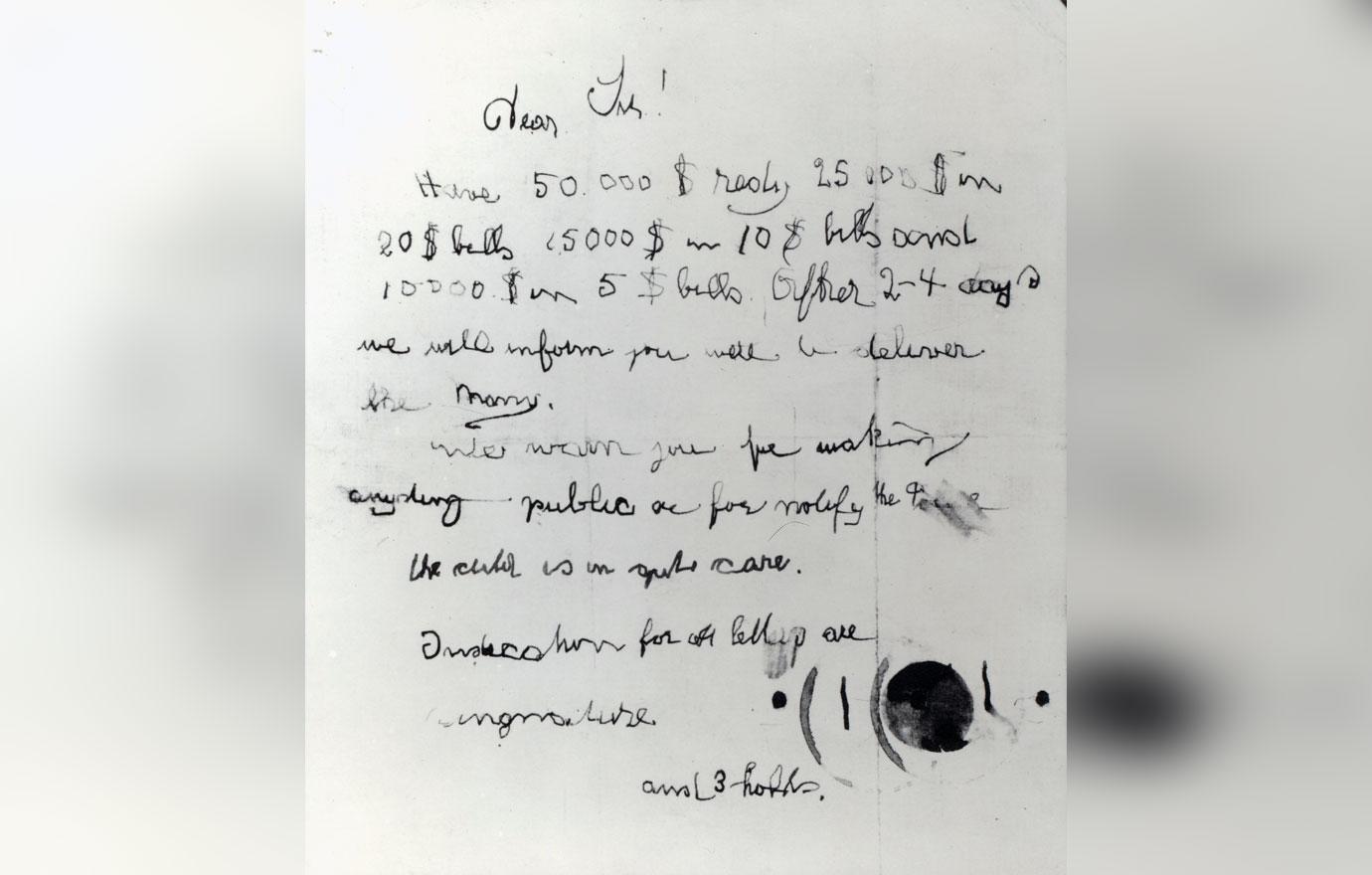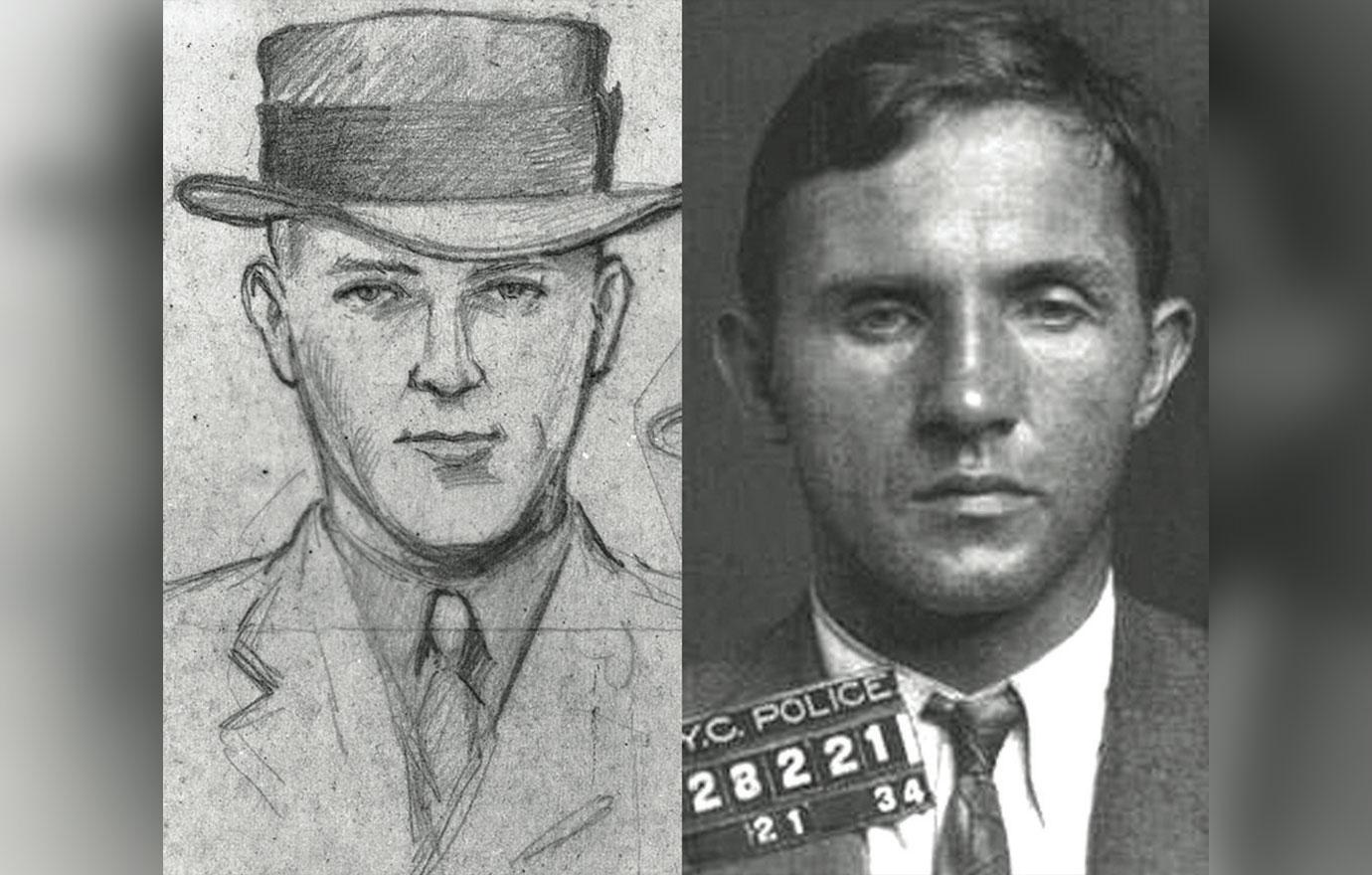The Lindbergh Baby Trial: A Fascinating Case Still Discussed Nearly 100 Years Later (FPD Case Vault)

Kidnappings happen in America, but it is not often that a kidnapper takes a celebrity’s child. When it does happen, they garner international headlines and in one case, are still talked about over 90 years later.
Unfortunately, that is the case for famous aviator Charles Augustus Lindbergh and his wife, Anne Morrow Lindbergh, when someone abducted their 20-month-old son. Due to its infamy and involvement of a celebrity, many consider the Lindbergh-baby trial to be one of the “trials of the century.”
On March 1, 1932, around 9:00 p.m., a kidnapper took Charles Augustus Lindbergh, Jr. from his room on the second floor of the Lindbergh home. While the parents were at home at the time, the baby’s nurse noticed his absence an hour later.
An initial search conducted by the Lindbergh family and their staff led to discovering a $50,000 ransom note left on Lindbergh Jr.’s room’s window sill, according to the FBI. Police arrived on the scene, and the investigation on the missing Lindbergh baby began.

Three months after the kidnapping, police made a shocking discovery when they found Lindbergh Jr.’s body less than five miles away from the Lindbergh home, according to the FBI. The suspect killed the child with one deadly blow, which occurred just moments after the kidnapping. The ransom notes gave the Lindbergh family false hope that their child was still alive.
After two years that included two additional ransom notes, false leads, and arrests, police caught and arrested the suspect, Bruno Richard Hauptmann. The link between Hauptmann and the Lindbergh baby case arose due to the matching serial numbers on the bills paid in ransom.
On Sept. 15, 1934, police arrested Hauptmann after passing one of the gold certificate notes at a Bronx filling station. Earlier in the case, John F. Condon, a New York teacher, acted as the middle man to deliver the ransom in return for the baby. The police publicized the serial numbers from the ransom, which led to the capture of Hauptmann at his home. Police found the rest of the ransom money, which may have been around $11,000, at Hauptmann’s house.

The trial for the kidnapping and murder of Lindbergh Jr. began on Jan. 3, 1935, in Flemington, New Jersey. Evidence against Hauptmann included tool marks on the ladder used to reach and kidnap the child, which matched the tools at the suspect’s home. Also, police found Condon’s phone number in a door frame at Hauptmann’s house, according to the FBI.
In a surprising turn of events, the child’s father, Lindbergh Sr., took the stand, admitting to recognizing Hauptmann’s voice from the night of the ransom, according to Britannica. Hauptmann also went on the stand, professing his innocence and claiming that the police framed him. Hauptmann alleged the police beat him on several occasions and forced him to create handwriting samples that matched the ransom notes in the case.

On Feb. 13, 1935, after five weeks of testimony and 11 hours of deliberation, the jury reached a guilty verdict. The jury sentenced Hauptmann to death by electrocution, according to the FBI.
Hauptmann’s team attempted to appeal the ruling several times, with one even going to the Supreme Court. However, the courts denied all of the appeals from Hauptmann, according to the FBI.
On April 3, 1936, Hauptmann died at the age of 36 in the electric chair.
Nearly 100 years after the trial ended, the case and so-called “trial of the century” continue to live on with references in media and pop culture.

Become a Front Page Detective
Sign up to receive breaking
Front Page Detectives
news and exclusive investigations.
